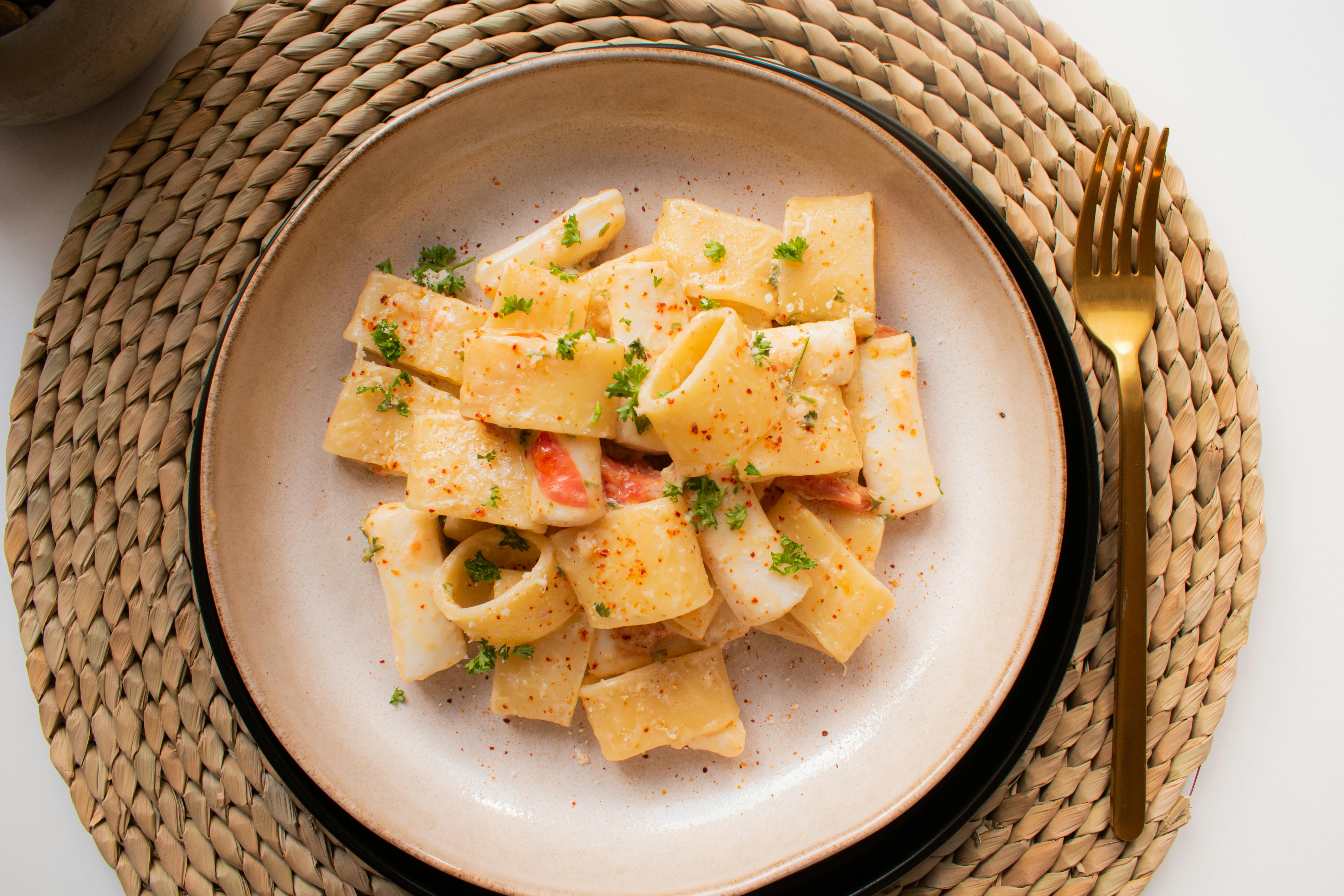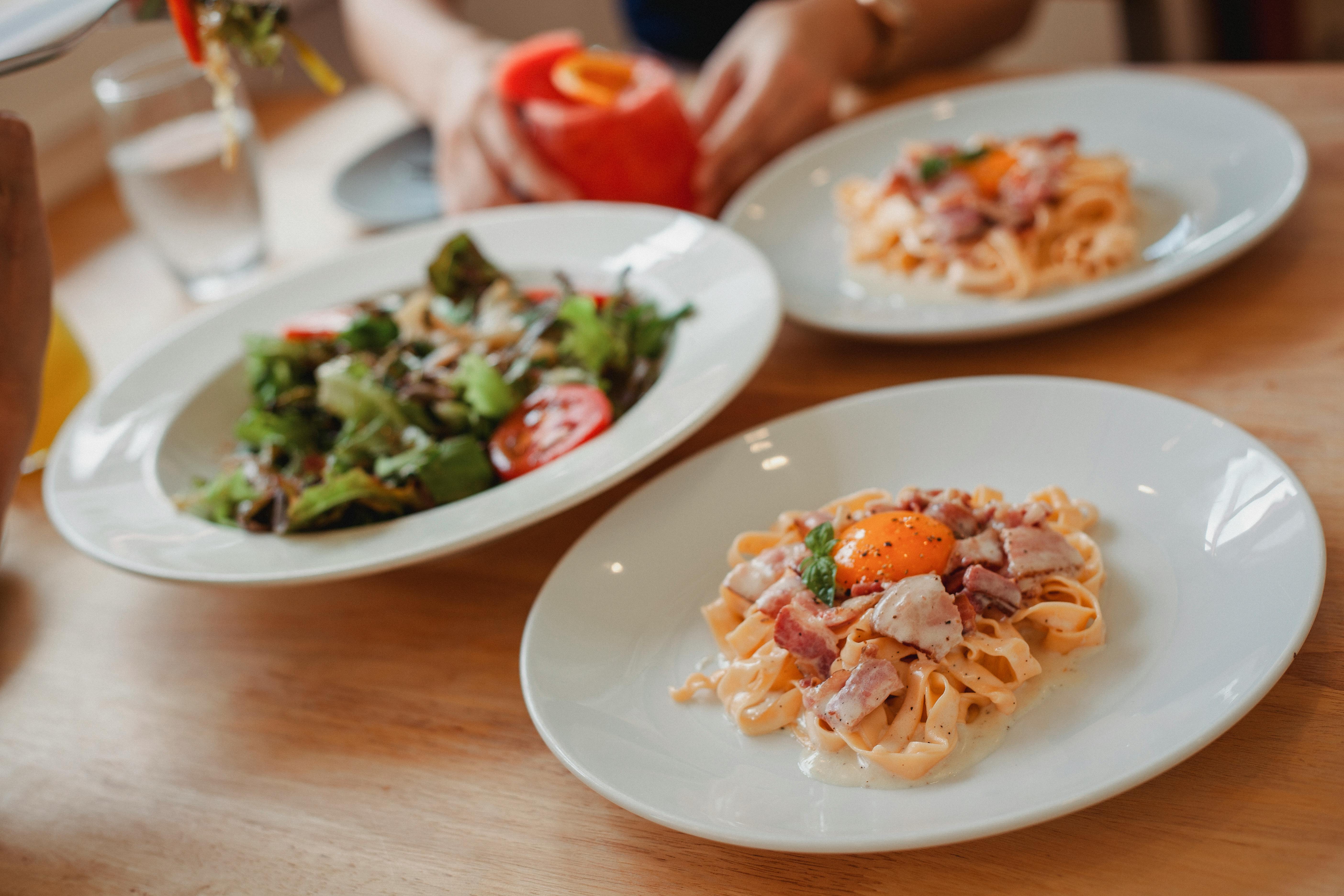Polymer clay consists of fine PVC particles suspended in plasticizer. It is a very versatile component that comes in various colors. The softness of the clay allows you to use different techniques from textile arts, sculpture and glassmaking. Hobbyists can shape it with no time limit because it doesn’t dry out. There are certain uses and processes involved in making polymer clay artwork.
Polymer clay can cover wooden boxes, mirrors, frames, and tableware, especially jewelry. It can also be used to make beads, bracelets, pendants and necklaces, as well as small sculptures and buttons. There are techniques that give polymer clay an appearance of jade, granite, turquoise, ivory, and amber. You can make many possible pieces of shapes and sizes, along with many other variations. It is not suitable for objects that may come into close contact with food.
Polymer clay is widely available at local craft and art supply stores. Some outlets want it in bulk or bulk orders. Others have it through mail order. Most manufacturers have branded selections because of their softness, color, and strength.
It is often best shaped by hand. Equipment such as the kiln and other shapers are used for special effects and designs.
Use waxed paper or smooth surfaces like glass or marble to work with the clay. Rough surfaces can damage the clay.
If you want to make clay beads, use a punch tool to punch holes for stringing. If you have a wooden skewer or a long sewing needle, it will be much better.
An ordinary kitchen knife will be good for cutting clay for any purpose. For coloring, you can use brushes and acrylic paints. Other things you may need are aluminum soda cans, toothpicks, thermometers, and craft wire.
There are books that teach ways to use polymer clays. These are instructional materials and brochures that can help you with your project. You can read about them to get started.
There are basic techniques to get you started such as conditioning, skinner blending, color blending, curing and sanding, finishing, casting, stamping, sculpting, as well as faux, transfers, surface treatments, and bead making.
Do an easy project to start with, then work on more complex projects as you become more familiar with the techniques. Clean and dry your hands well. Place the clay on a glass or cutting board and knead until smooth and smooth. Shape the clay as desired.
Use a wire frame for support if necessary. Try making beads by rolling a ball in the palms of your hands and carefully poking it down the middle with the use of a needle.
The beads are strung on a wire stretched between two soda cans. This will prevent it from flattening as it bakes. Water may be needed in cans for stability. Bake the polymer clay for about 15 to 45 minutes, depending on the manufacturer’s recommendations for thickness and temperature. An oven thermometer can be used to prevent over or over baking.
Finally, let cool before painting or sanding the clay.
Polymer clay has become a popular hobby for most artistic minds today. It is a good way to unleash your creativity.




